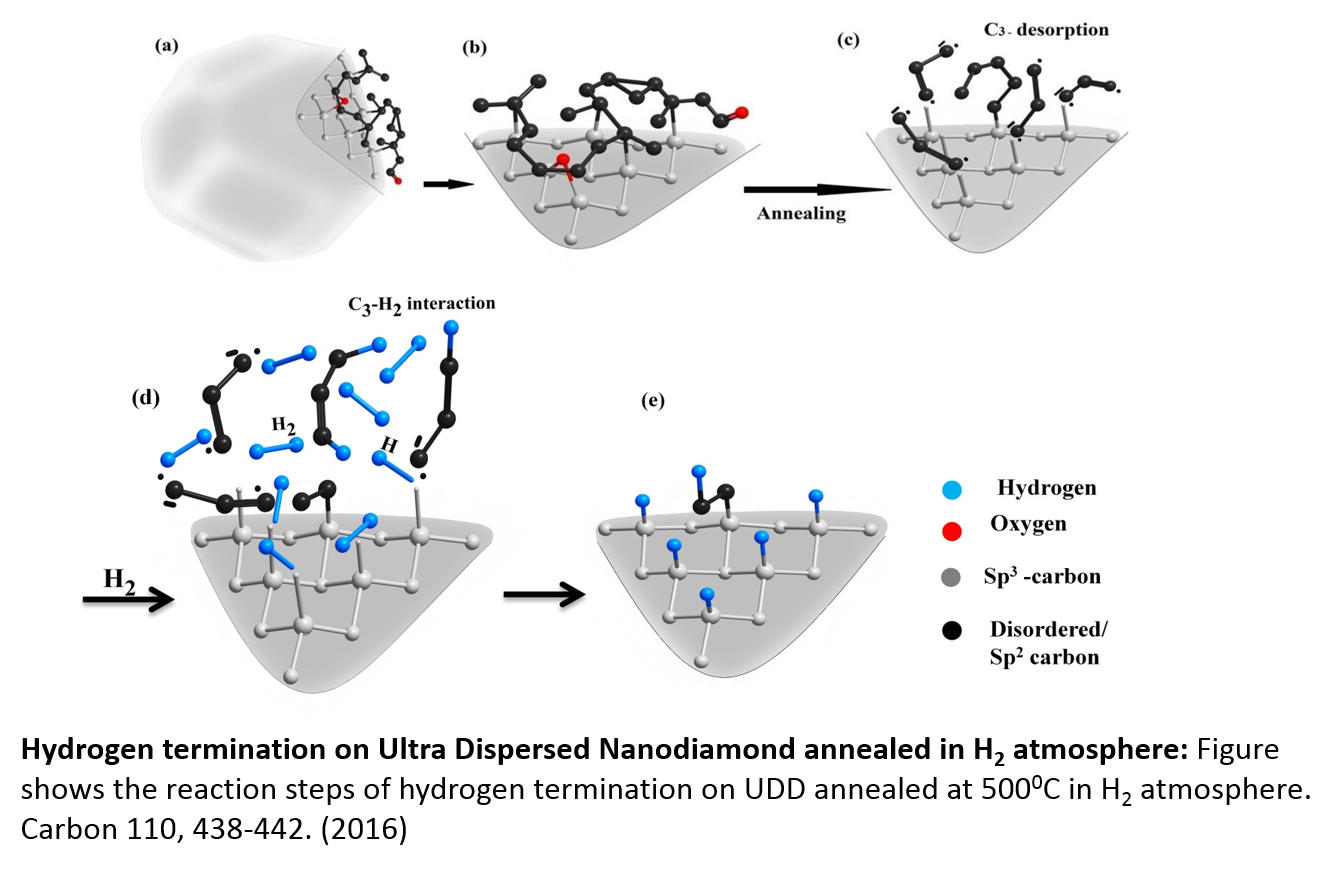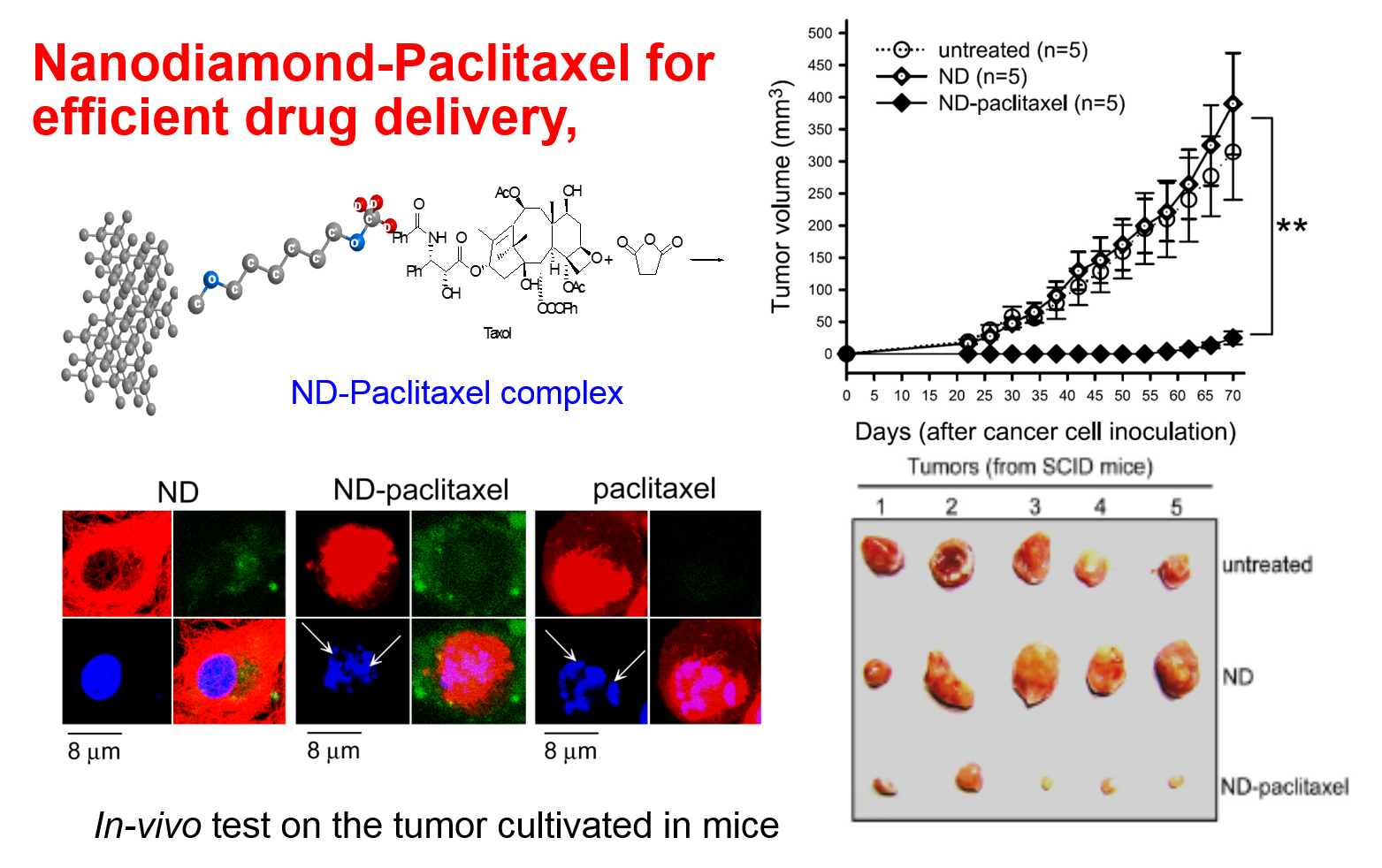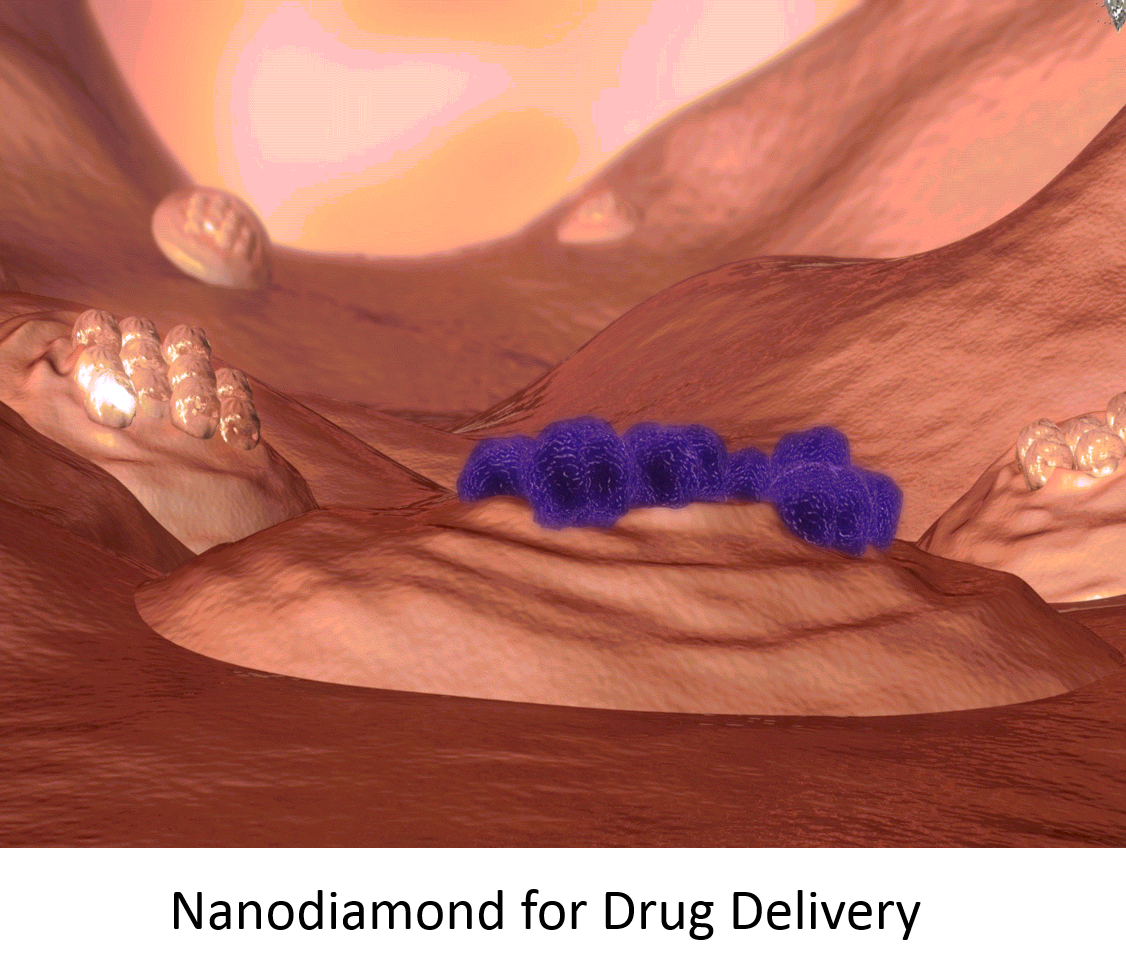| Infrared
Laboratory Research interests 09-03-2023 updated |
|
| Chia-Liang Cheng
鄭嘉良
Distinguished Professor, National Dong Hwa University Foreign Member, A. M. Prokhorov Academy of Engineering Science, Russia Department of Physics, National Dong Hwa University 1, Sec 2, Da-Hsueh Rd., Shou-Feng, Hualien, 974 Taiwan B112(O), B417(Lab) +886-3-890-3696(O), +886-3-890-3698(Lab) E-mail: clcheng@gms.ndhu.edu.tw |
|
General Interests:
Focus II: To combine nano-technology and biotechnology to develop “Nanodiamond-Protein complex development, manipulation and applications in biological and medical systems”. We focus on, (A) Immobilization of bio-molecules on nano particles: Fundamental research and applications, (B) Development of image mapping systems and laser treatment techniques on biological systems and (C) Nano-bio-probes imaging and manipulation in biomedical systems three sub-projects. It is intended to use advanced spectroscopic techniques (Raman, FTIR, and laser, Scanning Confocal Fluorescence Microscopy, Fluorescence Lifetime Microscopy, etc.), surface techniques (SEM, TEM, AFM), imaging (laser fluorescence imaging, scanning near field optical microscopy) and bio-techniques to engage a full spectrum research to elucidate and develop nano-bio-robe and related research in physics, chemistry, biology and life science. The program will target the most promising biocompatible and nanotechnology applicable material, nano-diamond (~average diameter range 5-100 nm), as our candidate to conduct the immobilization of bio-molecules and to develop detecting technique for bio and medical applications. The developed nano-bio-robe will have tremendous contribution in medical physics and great impact in nanobiotechnology. We intend to address different issues that are grouped into the above-mentioned tasks. Focus III: To study “The preparation, characterization, manipulation and applications of target-specific nanodiamond-biomolecule/drug composites” as our next phase of research plan. The tasks will involve developing more general target-specific conjugation methods of ND with biomolecules or drugs. This includes the characterization methods development and the functional tests of the developed composites. We will develop methods for direct functionalization of ND to produce hydroxy-ND (ND-(CH2OH)n) for different function-oriented conjugations. Preliminary results suggest that this ND derivative shows an ability of performing as a nucleophile (ND-alkoxide). These methods precipitated the idea of conducting a wet chemical reaction between hydroxy-ND and the substrates with terminal electrophilic groups of the functionality. Covalent C-O-C bonds will form between the linker and the ND. Subsequent conjugation of biomolecules will follow. The method can be used to develop ND-biomolecule/drug conjugates in a target specific manner, but its bio functionalities determine the success. Therefore, our specific research goals will also on the functionalities evaluation of the developed ND-bio/drug composites.
Focus IV:
Effect of nanoparticles on red blood cells microrheologic properties and on
blood rheology.
This project is focused on the investigation of
interaction of nanoparticles (NP) such as nanodiamond, CNT, titanium dioxide
(TiO2) of different nature and various sizes with red blood cells
(RBC), which can result in impairment of the microrheologic properties of
RBC and blood rheology both in vitro and in vivo. Alterations of blood
rheology at the micro- and macro levels can cause numerous diseases and even
the elevation of death rates within the population. These alterations are
caused in particular by NP pollutions penetrating inside the human organism
with water, air, food as well as during various, e.g. medical, interventions
into human body. In this project we intend to conduct a comprehensive study
on the nanoparticles (NP) and red blood cells (RBC) interaction. We focus on
the effect of these particles on the mechanical and rheologic properties of
RBC that define the fluidity of blood, its ability to transport oxygen to
terminal capillaries where major exchange of oxygen and other gases with
tissues takes place.
Focus
V:
Science
and Technology of
New Generation of
Nanostructured Visible-light Potocatalysts
|
|


